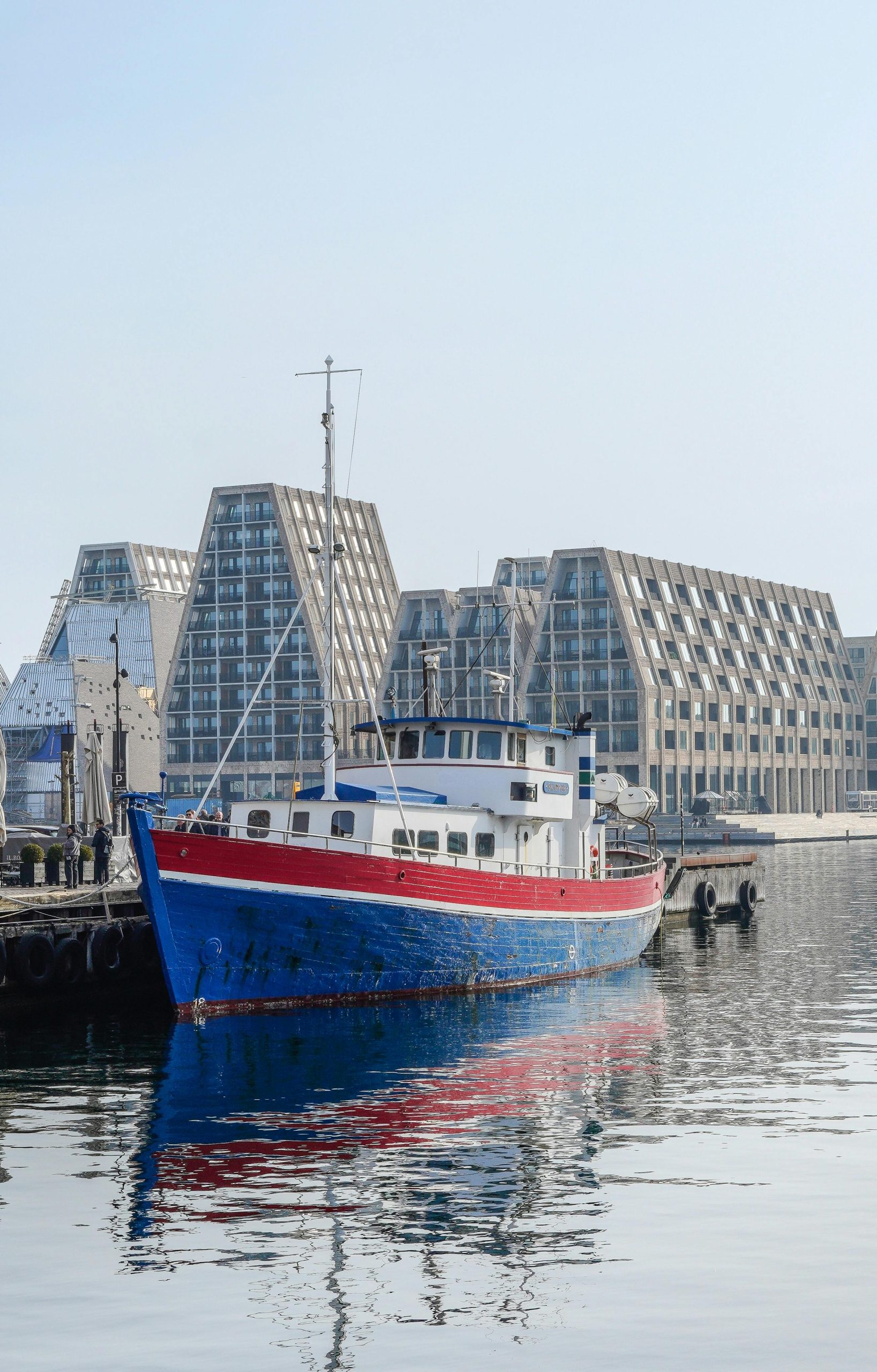Over the past three decades, London has undergone a transformative journey characterized by remarkable growth, dynamic change, and cultural richness. The 1990s in London were a period of cultural renaissance, with the ‘Cool Britannia’ era highlighting the city’s impact on music, fashion, and arts globally. At the turn of the millennium, the city embraced technological advancement and globalization, becoming a leading financial hub with the opening of iconic structures such as the Millennium Dome (now The O2) and the London Eye.
The 2000s were marked by a boom in infrastructure development, most notably the expansion of the public transport network including the Jubilee Line Extension and the initiation of Crossrail (Elizabeth Line). This era also saw London’s resilience showcased, as the city responded to challenges such as the 7/7 attacks in 2005 with unity and determination.
The following decade, the 2010s, was defined by the London Olympics in 2012, which brought regeneration to many parts of the city and boosted its reputation as a global player in international events. This period further accentuated London’s diversity, with significant demographic shifts reflecting its multinational populace and offering a vibrant cultural and culinary tapestry.
Recently, the 2020s have been testing yet transformative, contending with the impacts of Brexit and the COVID-19 pandemic. London has faced economic and social challenges, resulting in renewed discussions around urban planning, sustainability, and inclusivity. Yet, through these tribulations, London’s resilience, adaptability, and dynamic spirit have remained constant traits, as the city continues to evolve and innovate into the future.

What a comprehensive overview of London’s evolution over the past three decades! It’s fascinating to see how the city’s identity has been shaped by both cultural and socio-political factors. I’d like to add that amidst the challenges faced in the 2020s, London’s role as a cultural and innovation hub is not being diminished, but rather reimagined.
As we discuss sustainability and urban planning, it’s worth noting how grassroots movements and community-led initiatives are increasingly influencing policy. For instance, neighborhood projects aimed at increasing green spaces and promoting local businesses show how residents are actively participating in redefining their city’s future.
Moreover, the rise of remote work due to the pandemic has prompted a rethinking of urban spaces, suggesting that London might transition from being solely a financial center to a more diverse and inclusive environment that supports varied lifestyles. This transformation could lead to a rebalancing of economic activity across the city, potentially revitalizing areas that have historically been overlooked.
As we move forward, it will be interesting to observe how these factors will continue to shape London’s identity while fostering a greater sense of community and inclusivity. What are your thoughts on how the city can prioritize these elements in its planning and development strategies?
Reflecting on London’s Evolution: Insights from a Local Perspective
As a lifelong resident of London, I appreciate the comprehensive overview of our city’s transformation over the past three decades. Indeed, the narrative of London is not just one of growth and change, but also of the people and communities that shape its spirit. Here are some additional thoughts that might enhance our understanding of this evolution: